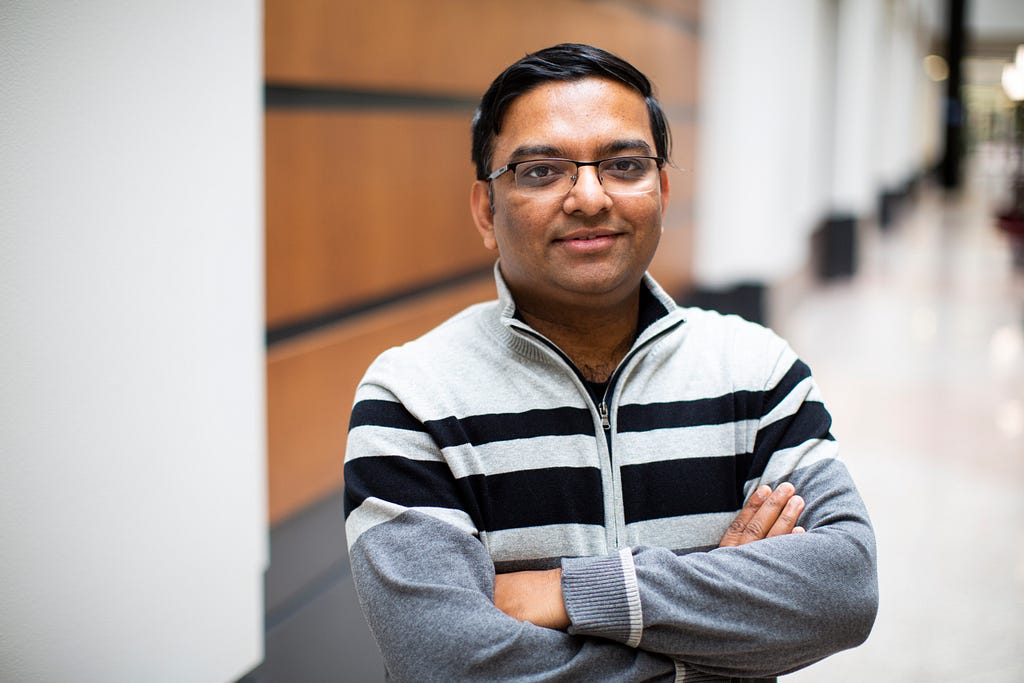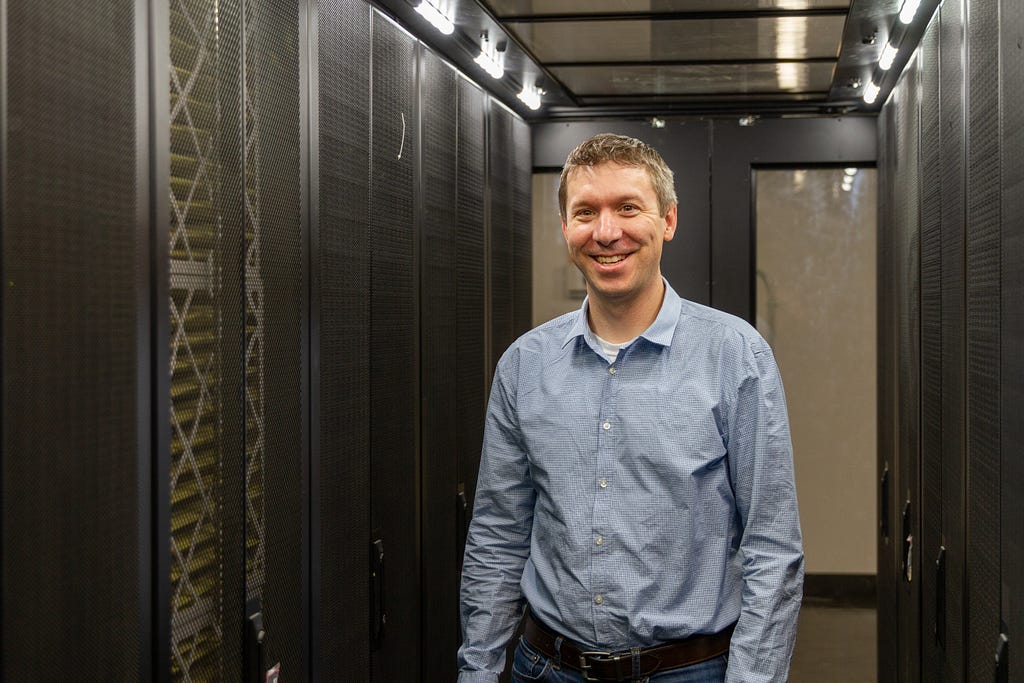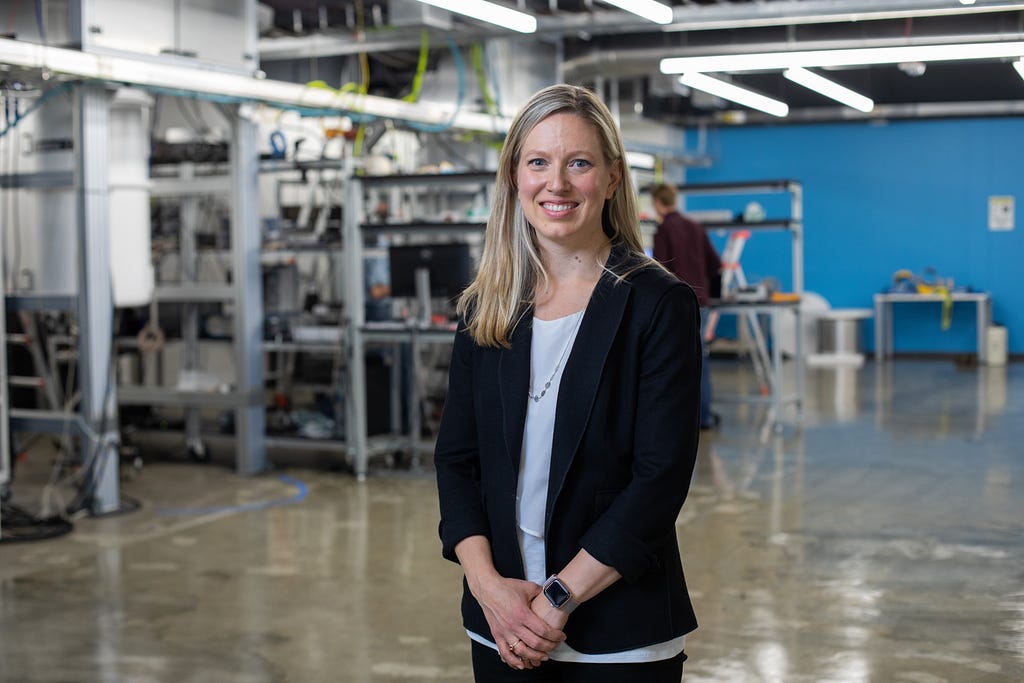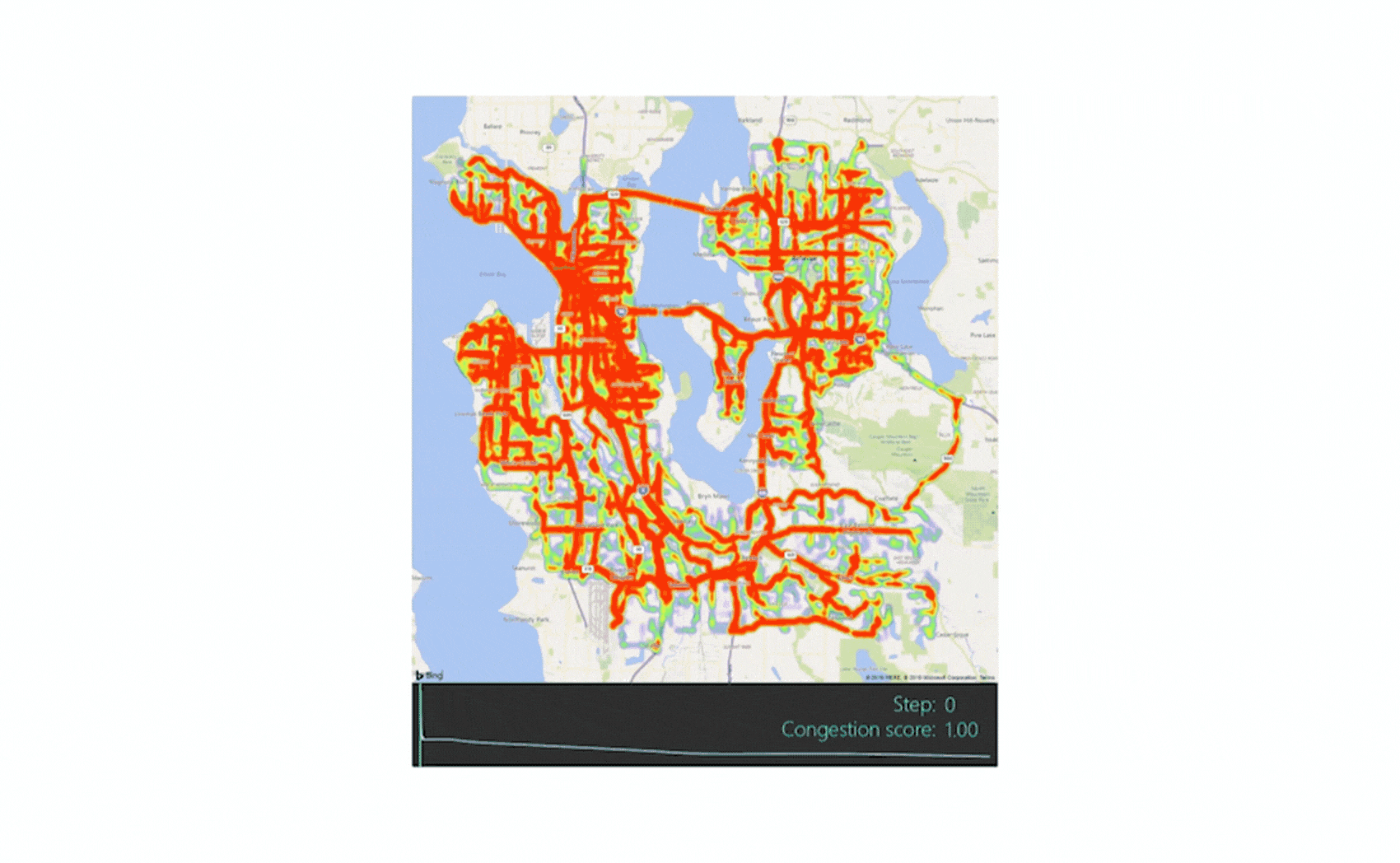By Dr. Ken Washington, Chief Technology Officer, Ford Motor Company

Our connected world has helped billions of people improve their lives in numerous ways such as offering instant access to information, enhancing health care, providing new ways to watch movies or experience music, and equipping our homes with smart speakers.
Yet with all these advancements, many of us find ourselves stuck in more traffic, not less. The fantastic navigation technology that anyone can use and helps us more efficiently get places simply does not have the power to coordinate traffic on a mass scale.
But could it? Through a joint research pilot, Ford and Microsoft scientists have simulated thousands of vehicles and their impact on congestion by leveraging powerful quantum-inspired technology. While we’re still in the early stages of quantum computing development, encouraging progress has been made that can help us take what we’ve learned in the field and start to apply it to problems we want to solve today, while scaling to more complex problems tomorrow.
Julie Love, senior director at Microsoft leading their quantum computing business development, says, “Quantum computing has the potential to transform the auto industry and the way we move. To do that we need to have a deep understanding of the problems that companies like Ford want to solve, which is why collaborations like these are so important.”
https://medium.com/media/01996f03c9dd7bef5fade96803a152d0/href
Our researchers teamed up in 2018 to develop new quantum approaches running on classical computers already available to help reduce Seattle’s traffic congestion.
During rush hour driving, numerous drivers request the shortest possible routes at the same time, but current navigation services handle these requests in a vacuum. They do not take into consideration the number of similar incoming requests, including areas where other drivers are all planning to share the same route segments, when delivering results.
Just imagine a family trying to get ready for work and school in the morning with similar departure times. If an individual day planning app gave each person the quickest way to get going, there likely would be a bottle-neck at the bathroom. Now scale that to a family of thousands…
Instead of this type of individualized routing, what if we could develop a more balanced routing system — one that could consider all the various route requests from drivers and optimize route suggestions so that the number of vehicles sharing the same roads is minimized? That sounds great — and could potentially save everyone time, not to mention aggravation — but one major roadblock towards balanced routing is the fact that it would require extensive computational resources.
Simply put, it’s not feasible to have traditional computers find the optimal solution from a huge number of possible route assignments in a timely manner. That’s where quantum computing can help. Essentially, existing digital computers translate information into either a 1 or a 0, otherwise known as a bit. But in a quantum computer, information can be processed by a quantum bit (or a qubit) that can simultaneously exist in two different states before it gets measured. Upon measurement, however, either a 1 or a 0 appears randomly and the probability for each is governed by a set of rules called quantum mechanics.
This ultimately enables a quantum computer to process information with a faster speed. Attempts to simulate some specific features of a quantum computer on non-quantum hardware have led to quantum-inspired technology — powerful algorithms that mimic certain quantum behaviors and run on specialized conventional hardware. That enables organizations to start realizing some benefits before fully-scaled quantum hardware becomes available.



With the ability to process vast amounts of data that’s not possible today, it’s easier to imagine how quantum computing has the potential to deliver balanced routing to drivers, which could create a series of cascading benefits: smoother flow of traffic, more efficient commutes, and even reduced pollution.
Additional thoughts from Julie: “By taking what we’ve learned about quantum computing and bringing it to hardware that’s already available, we don’t have to wait until quantum computers are deployed on a wide scale to take advantage of the technology. Using world-class quantum algorithms customized for specific problems, we can bring measurable improvements and drive change that can impact people’s lives.”
Working with Microsoft, we tested several different possibilities, including a scenario involving as many as 5,000 vehicles — each with 10 different route choices available to them — simultaneously requesting routes across Metro Seattle. In 20 seconds, balanced routing suggestions were delivered to the vehicles that resulted in a 73 percent improvement in total congestion when compared to “selfish” routing. The average commuting time, meanwhile, was also reduced by 8 percent — an annual reduction of more than 55,000 hours saved in congestion across this simulated fleet.

These results are promising, so now we’re expanding our partnership with Microsoft to further improve the algorithm and understand its effectiveness in more real-world scenarios. For example, will this method still deliver similar results when some streets are known to be closed, if route options aren’t equal for all drivers, or if some drivers decide to not follow suggested routes? These and more are all variables we’ll need to test for to ensure balanced routing can truly deliver tangible improvements for cities.
Our collaboration with NASA last year also involved similar work around a routing efficiency problem for fleet vehicles, but our growing quantum computing team is working with Microsoft and others to investigate how this technology can be used in areas ranging from robotics to aerodynamics, as Ford continues to seek out ways to create better products and experiences for people.
Why Ford Is Taking a Quantum Leap into the Future of Computing
This work with Microsoft is another example of how we are dedicated to finding innovative solutions for problems our cities face. Our recently unveiled City Insights Platform uses data and advanced software tools to enable cities to explore and help solve a variety of mobility issues. By leveraging parking, transit, traffic, safety and census data, City Insights Platform lets local planners test various concepts even before implementing them in the real world.
The scenario we explored with Microsoft is just one way that quantum-inspired solutions could be of interest to cities. Since we know how a quantum computer would attempt to solve a problem like this, we’ve reached a point where we can apply our knowledge to address near-term issues with hardware that we already have. That puts the future much closer to our grasp than many may have initially thought — and we are intent on seizing the opportunity.
